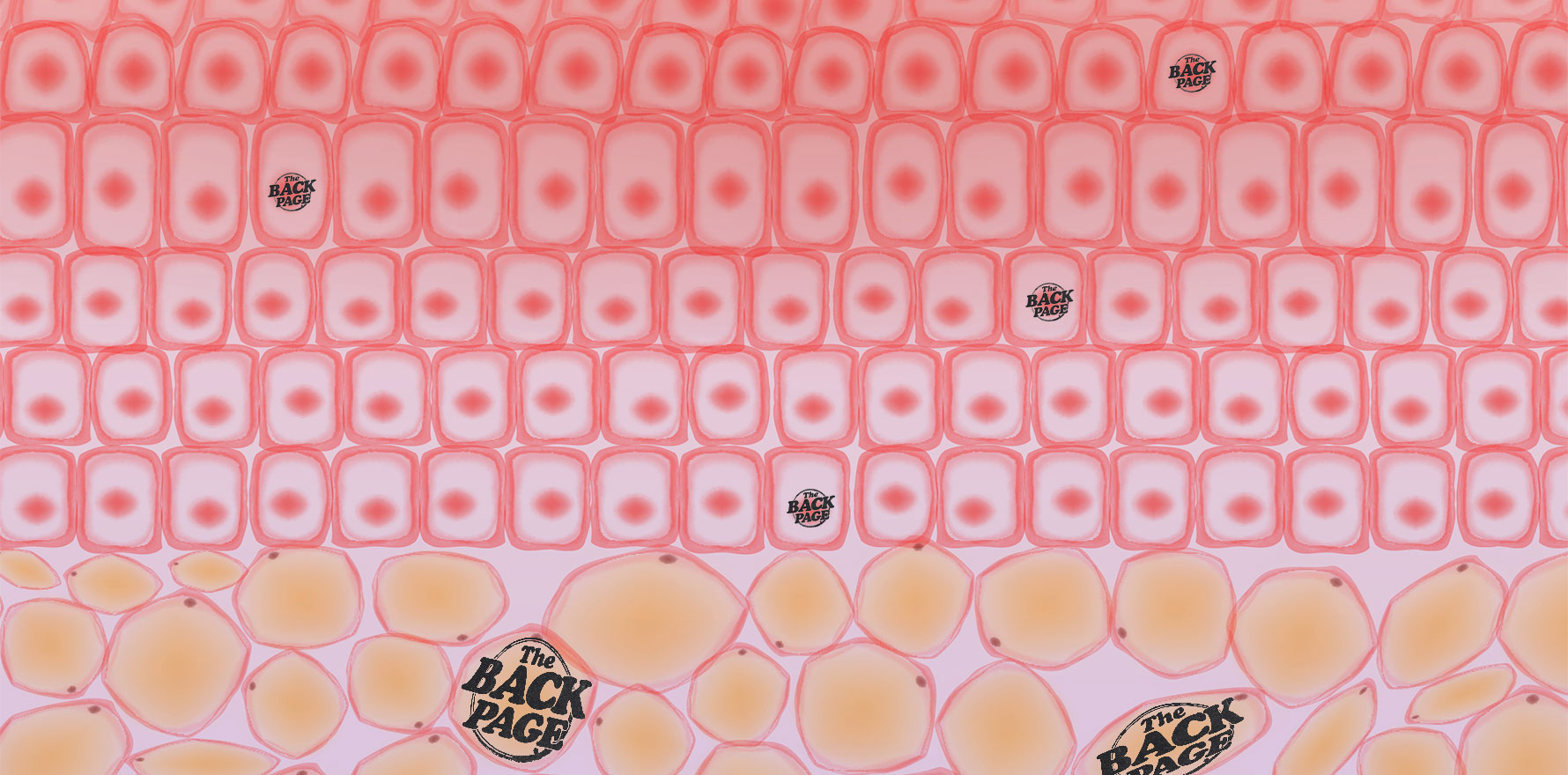If you thought the Human Genome Project was amazing, have a look at this.
Your Back Page scribbler knows just enough about sciencey stuff to realise he actually understands two-fifths of bugger-all about any of it.
Which is why when the boffins tell us the mapping of the human genome has been, and will continue to be, a game-changer for medicine, we accept that wisdom without question.
This lack of knowledge also engenders a genuine “gee-willikers” response when we come across reports such as this one, which details how a large group of scientists worldwide are beavering away to create an “atlas” of human cells in a bid to ultimately better understand human health and disease at the cellular level.
Publishing this week in the Nature and Nature Portfolios journals, the team of more than 3600 researchers outline the progress they are making in creating a map of the approximately – deep breath – 37.2 TRILLION cells that make up the human body.
What makes this work all the more extraordinary is the fact that each cell type in our species has a unique function.
The team behind the Human Cell Atlas (HCA) initiative have been working on the project since 2016, and this week’s publications focus on the advances they have made in a range of different sections, including the skull bones, joints, the gastrointestinal tract and some aspects of the brain.
Given the enormity and complexity of the project, it is unsurprising to learn that the initiative has been taking advantage of sophisticated data and analytical tools, some based on artificial intelligence and machine learning, to help with the heavy lifting.
This week’s release is a collection of more than 40 peer-reviewed papers and includes studies on how the placenta and skeleton form, changes during brain maturation, new gut and vascular cell states, and lung responses to covid.
Founding co-chair of the HCA Professor Sarah Teichmann told media the atlas was akin to creating a “Google Maps” for cell biology.
“This new level of insight into the specific genes, mechanisms and cell types within tissues is laying the groundwork for more precise diagnostics, innovative drug discovery and advanced regenerative medicine approaches,” she said.
Although challenges remain in fully capturing the dynamic nature of cells and extending these insights across diverse populations, the HCA project says the ongoing collaboration among scientists worldwide ultimately will help to make personalised medicine more attainable and enhance our ability to treat diseases.
And as the march of time drums louder in the ears of your ageing correspondent, that outcome cannot come soon enough.
Send 37.2 TRILLION story tips to penny@medicalrepublic.com.au.


